In 2005, a bright yellow beacon in a sea of family sedans captured the imagination of an eight-year-old. While a Honda Pilot was the intended target of that dealership visit, it was a Rio Yellow Honda S2000 that stole the show. The sleek lines and sporty stance were unlike anything seen outside of video games. A friendly salesman, sensing the enthusiasm, opened the door to a world of pure driving pleasure. The memory of that moment, the unique S2000 key, the futuristic gauge cluster awakening – it all sparked an obsession that would last a lifetime. Decades later, slipping into the pristine 2009 Honda S2000 CR at the American Honda Museum rekindled those same emotions. The tactile feel of the key, the precise action of the shifter, the digital gauges sweeping to life – it was an immersive experience, a reminder of Honda’s dedication to the art of the rear-wheel-drive sports car.
| 2009 Honda S2000 CR Specs |
|---|
| Base Price (2009 USD) |
| Powertrain |
| Horsepower |
| Torque |
| Seating Capacity |
| Cargo Volume |
| Curb Weight |
| Quick Take |
| Score |
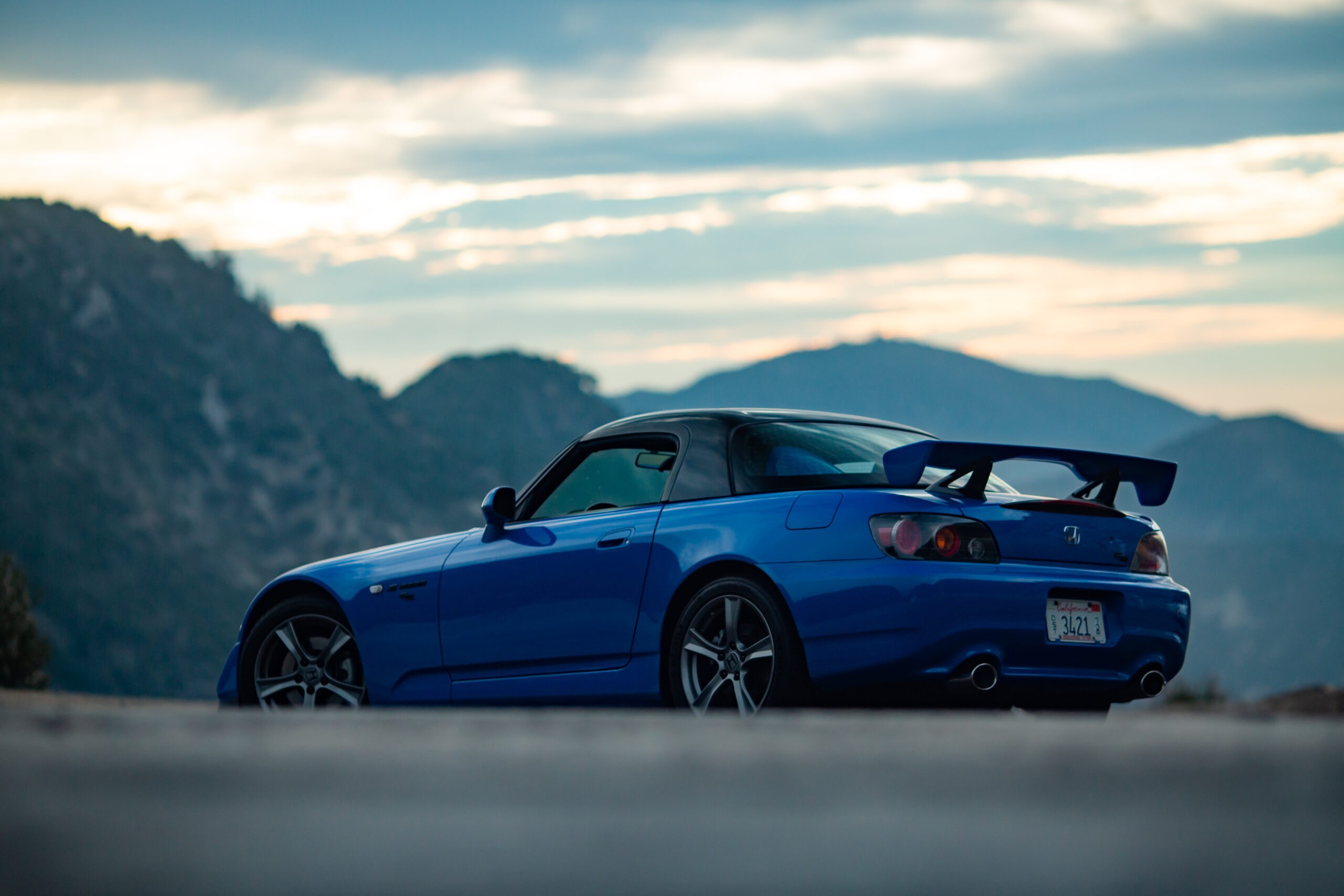
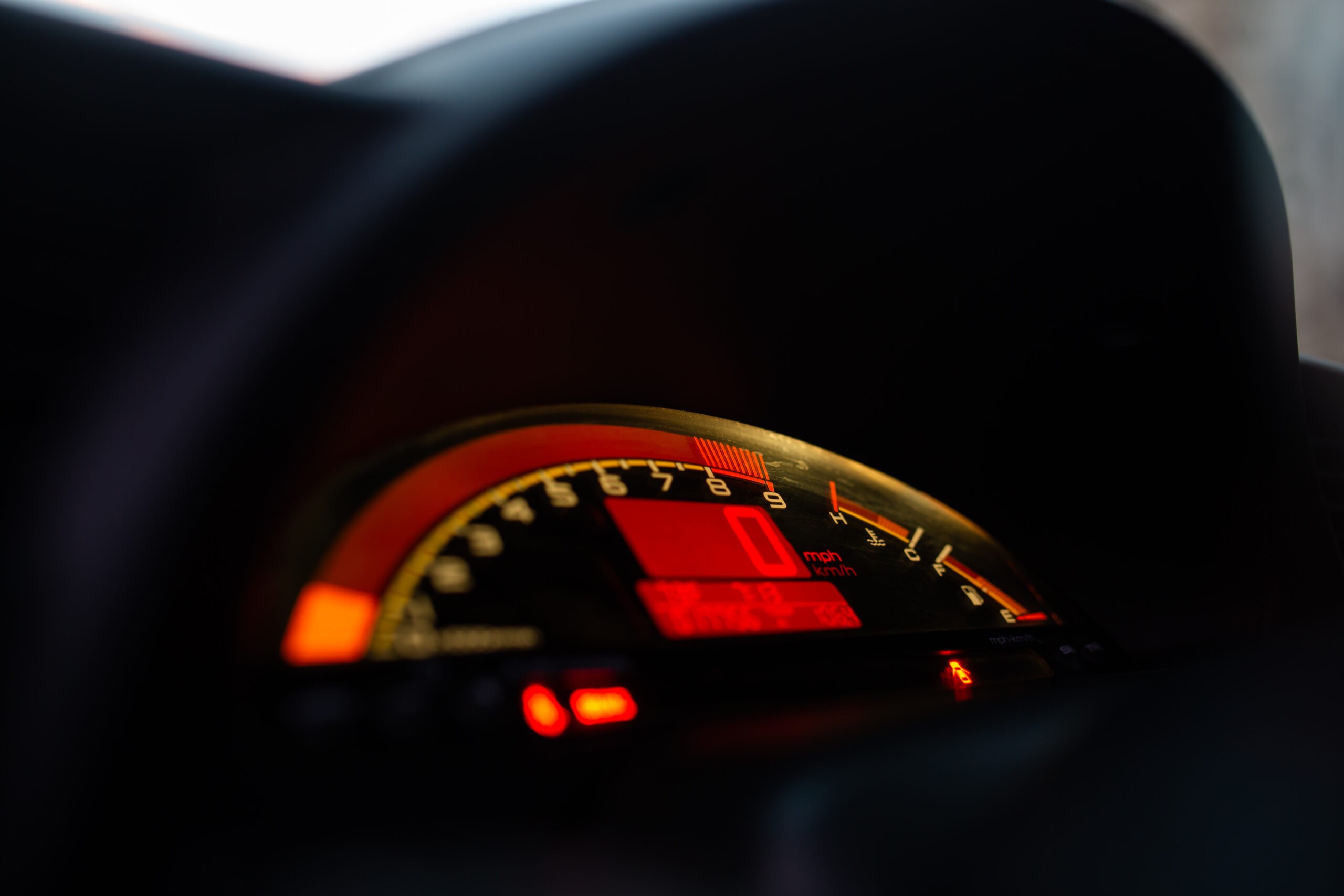
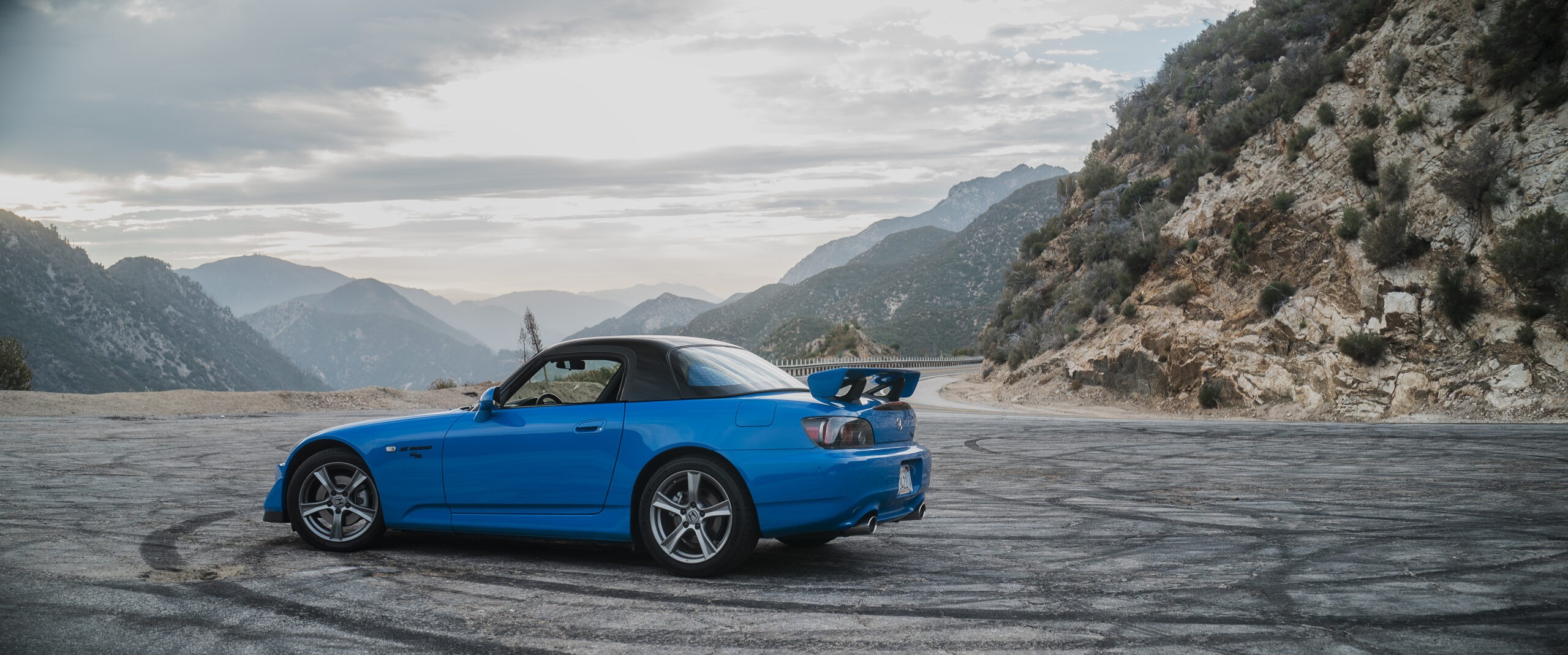
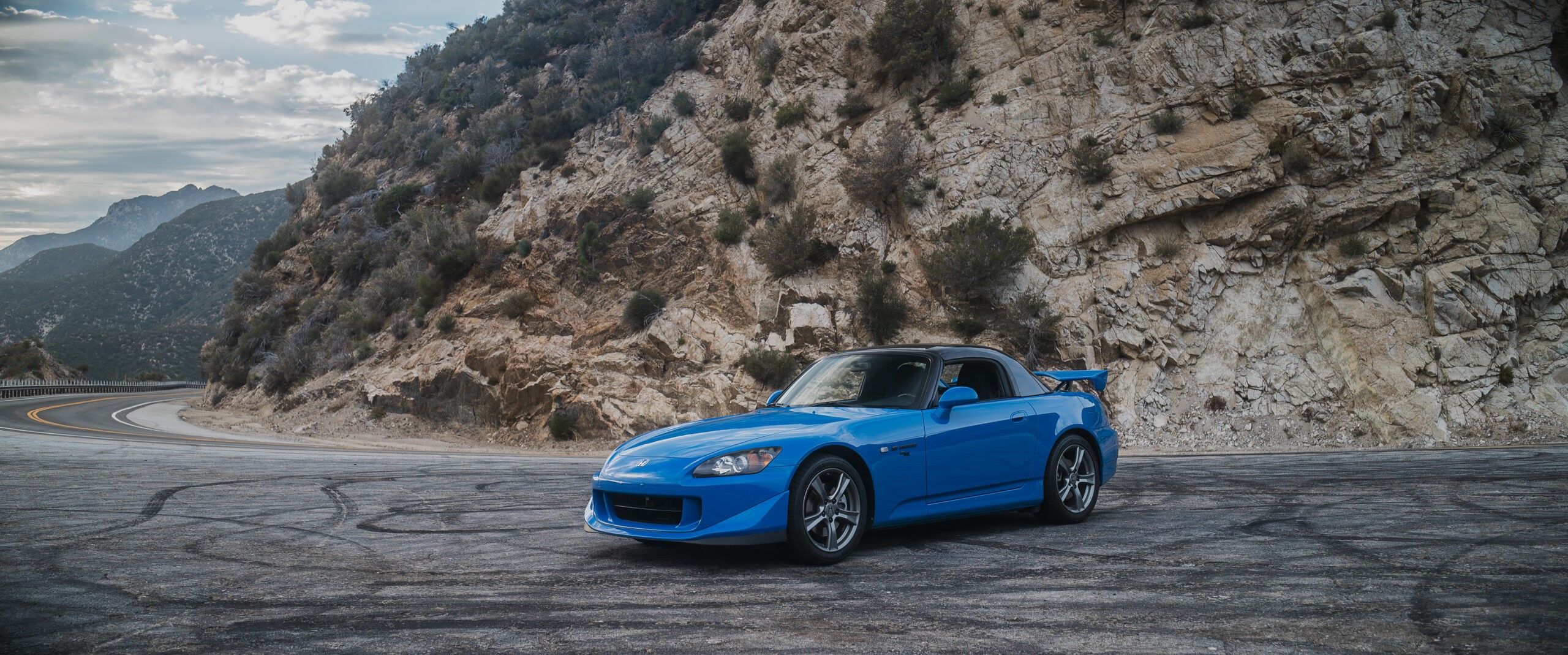
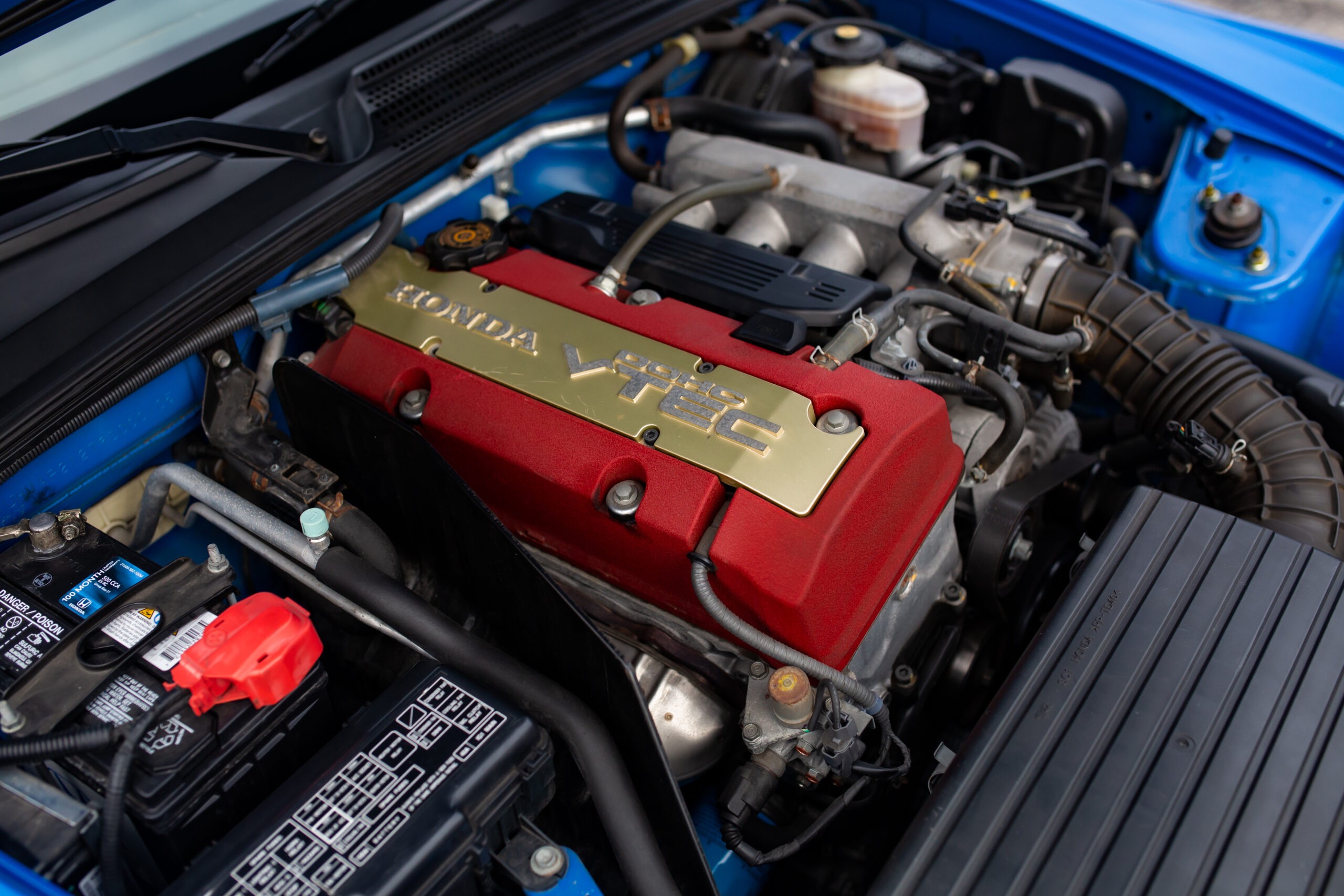
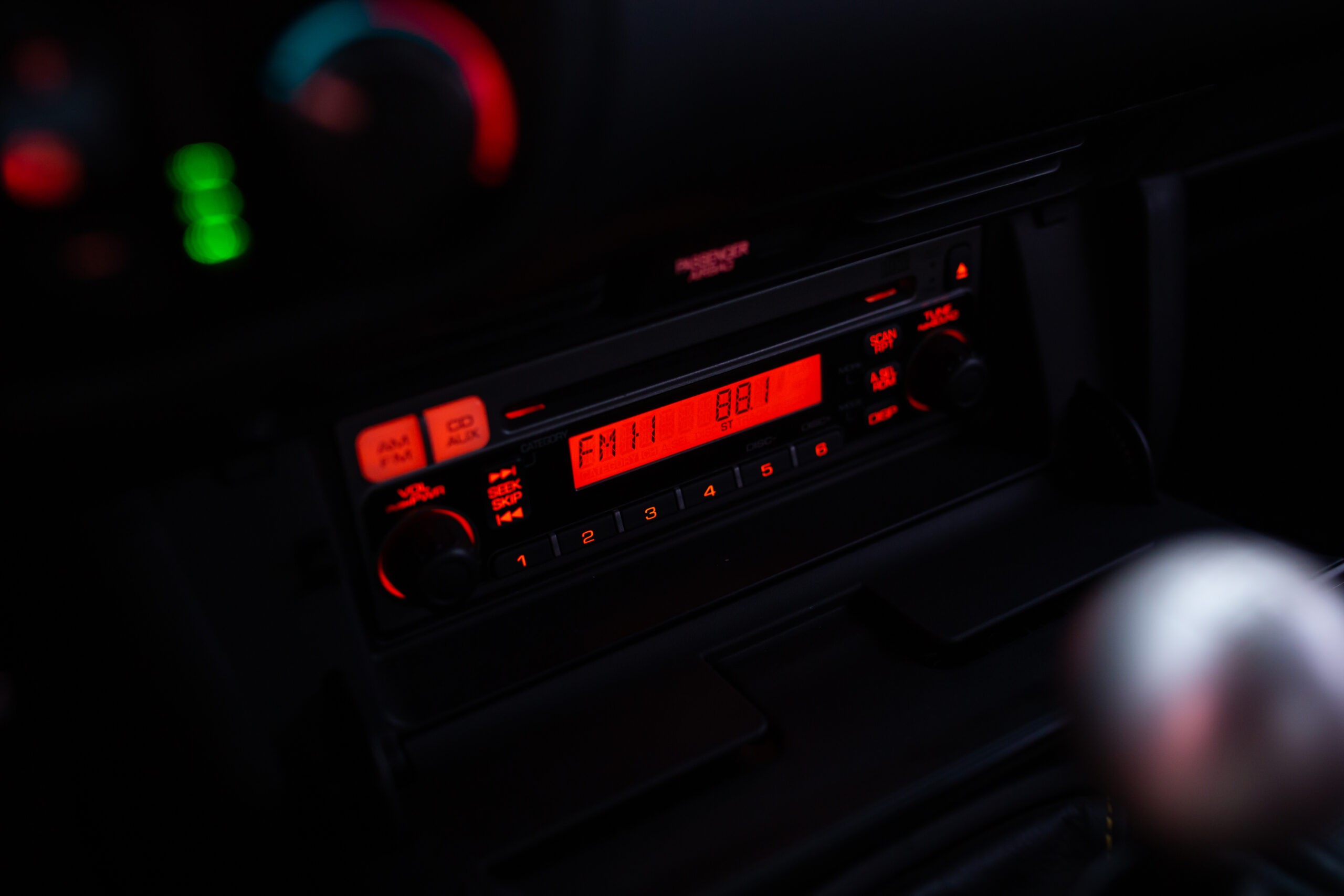
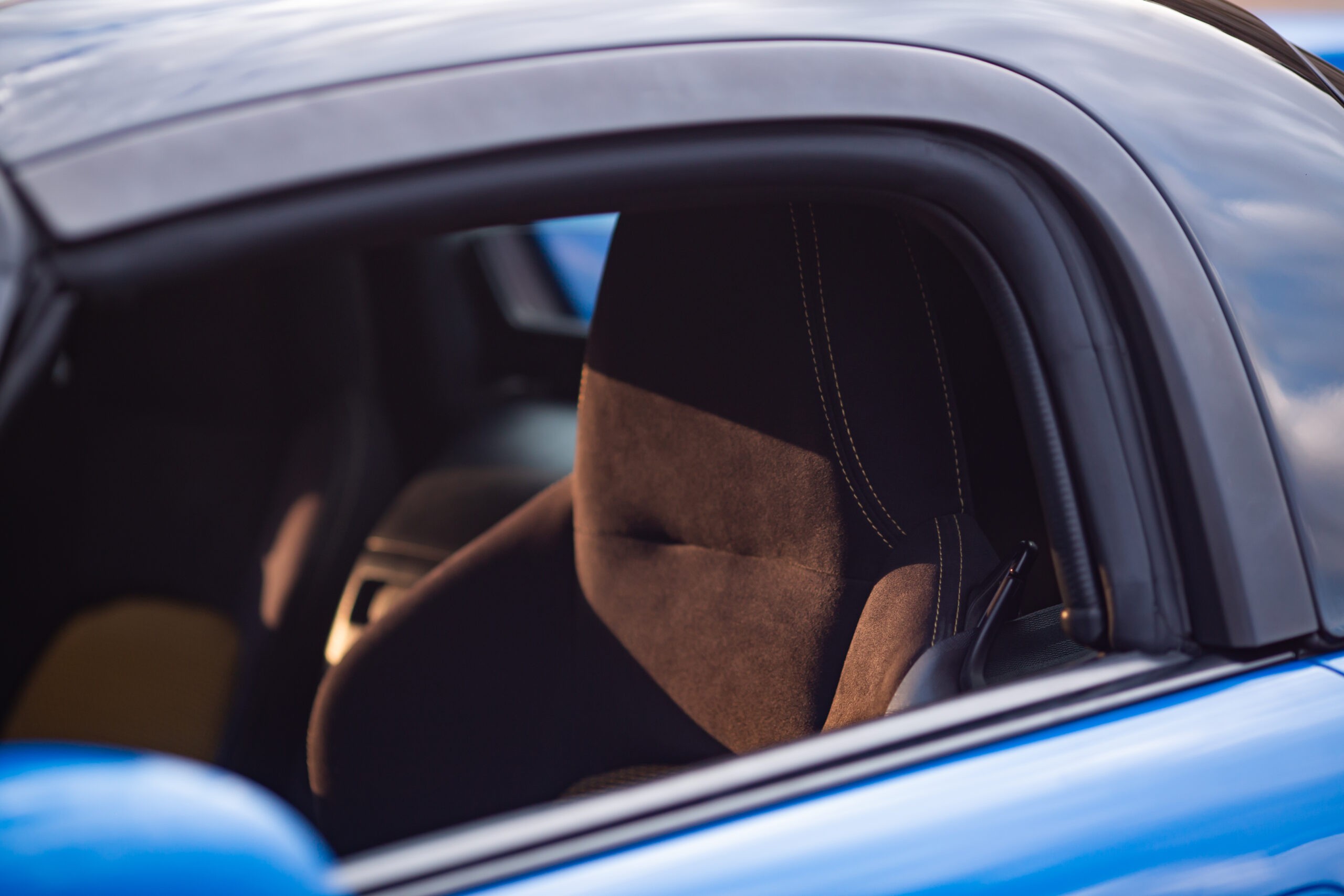
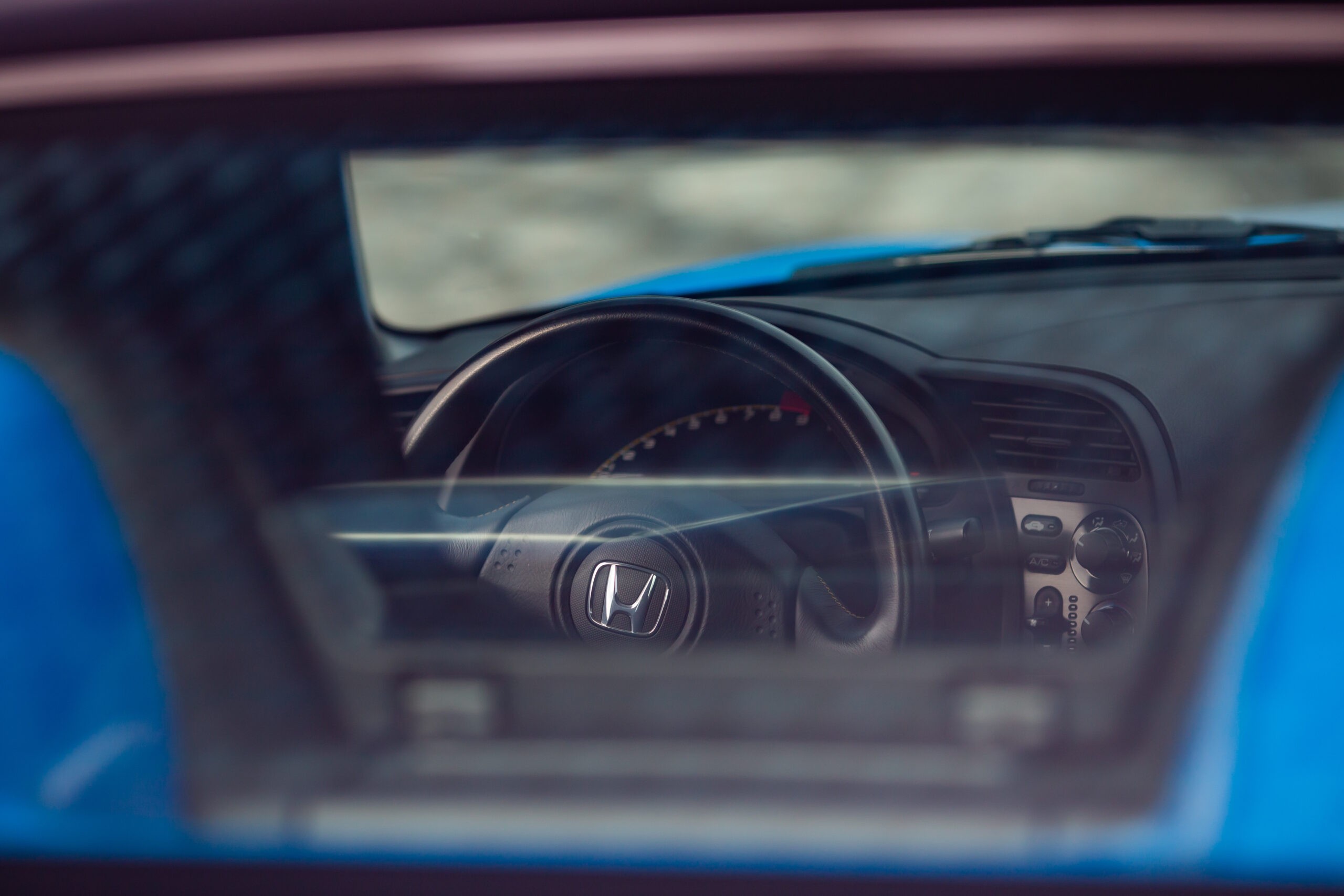
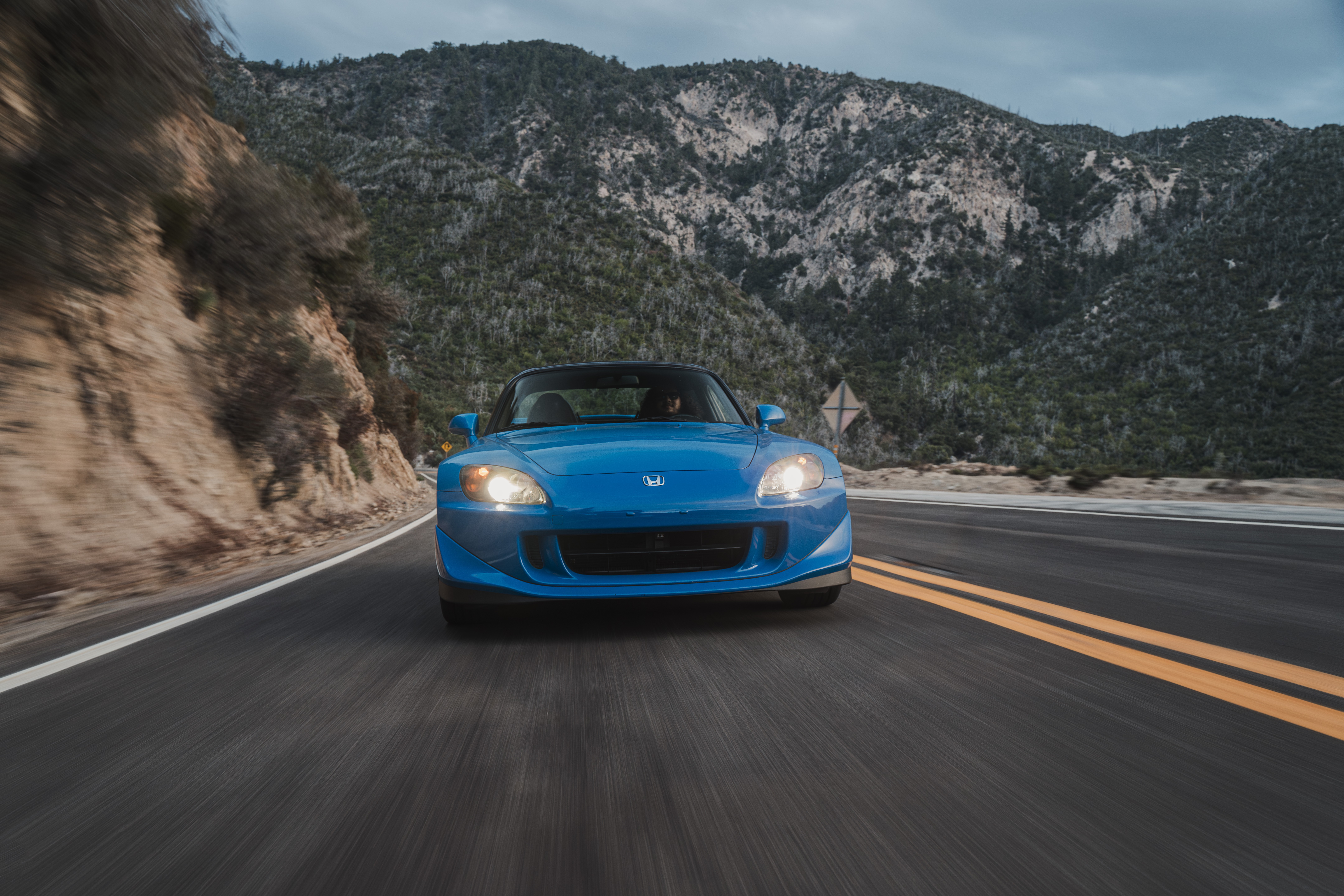
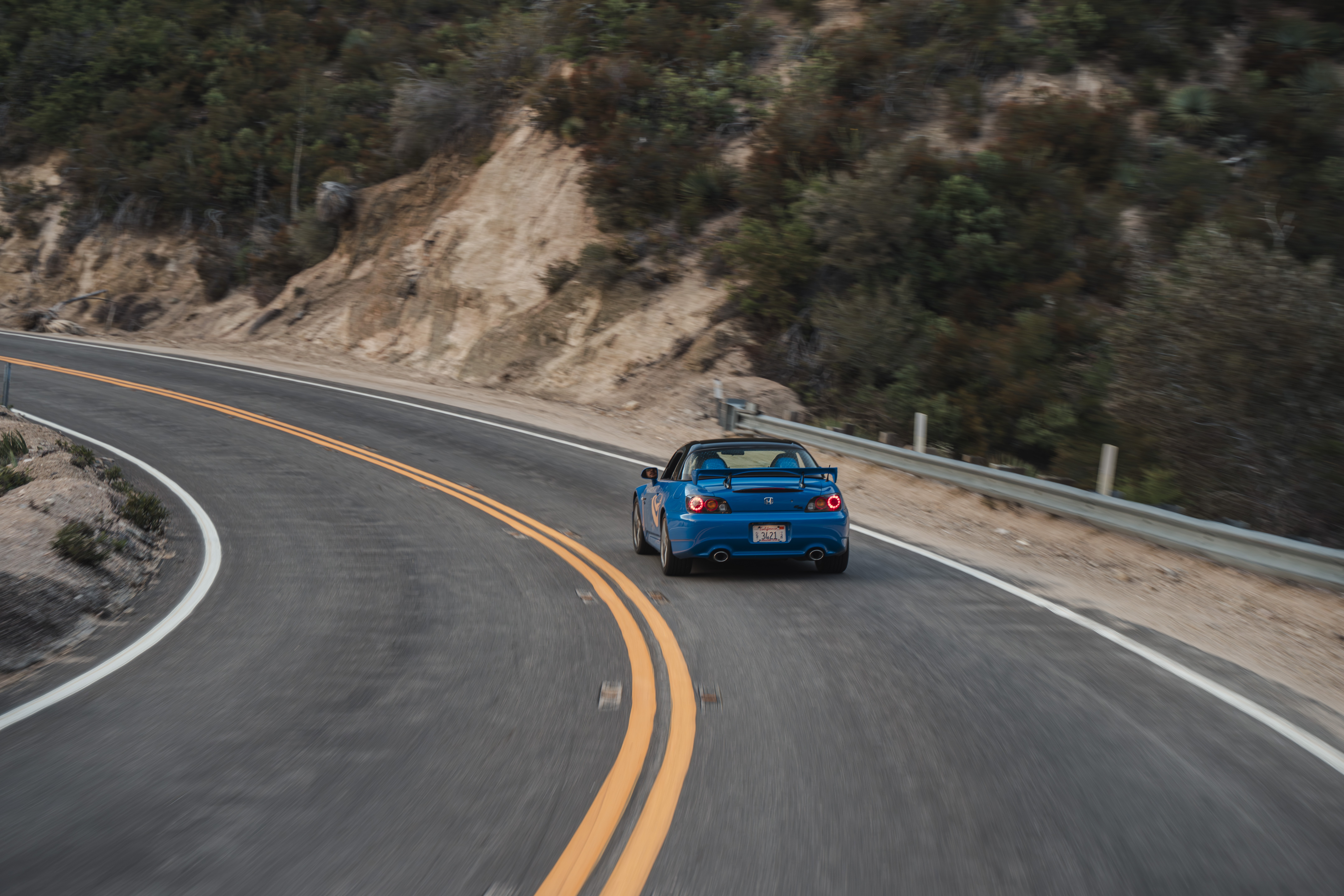
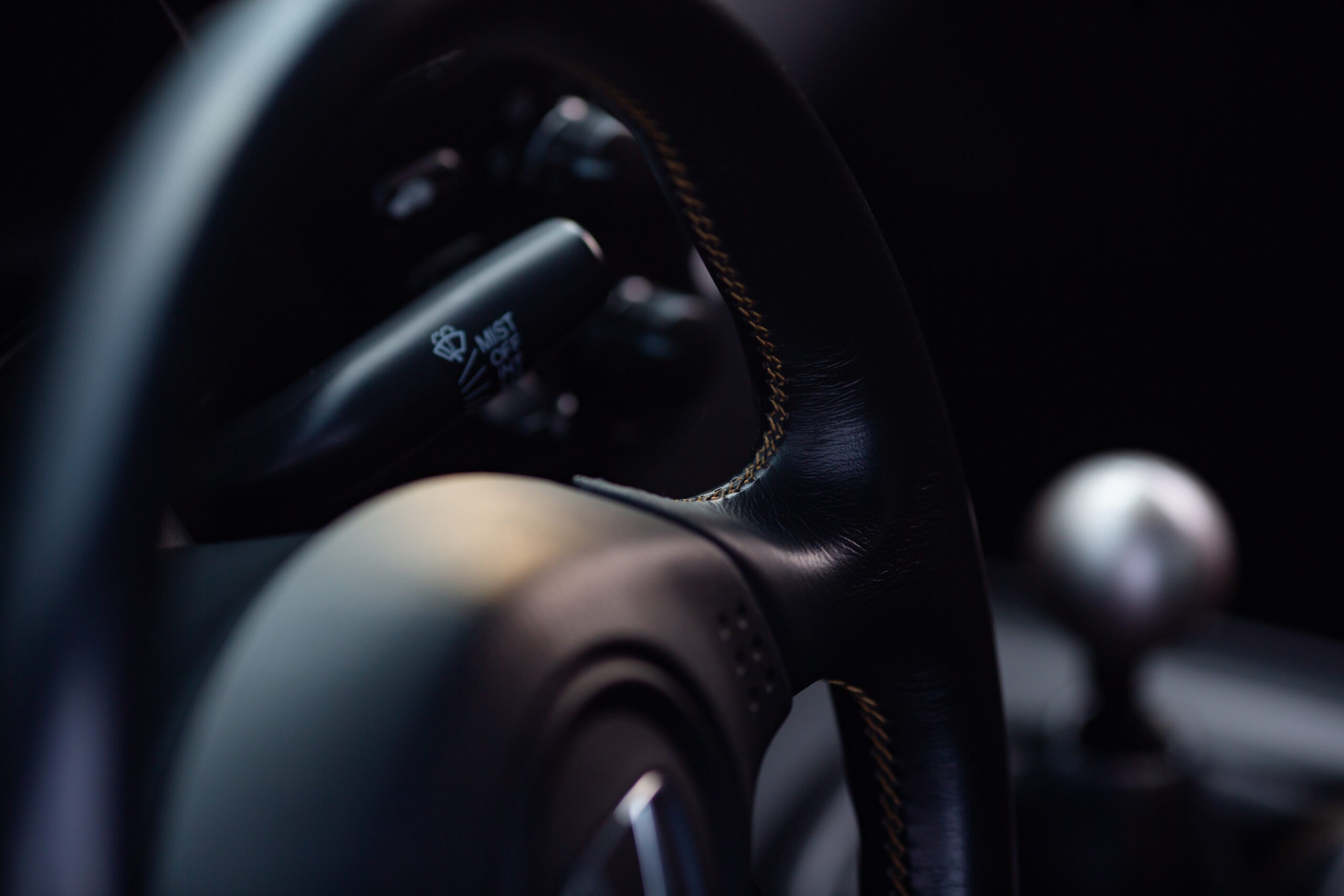
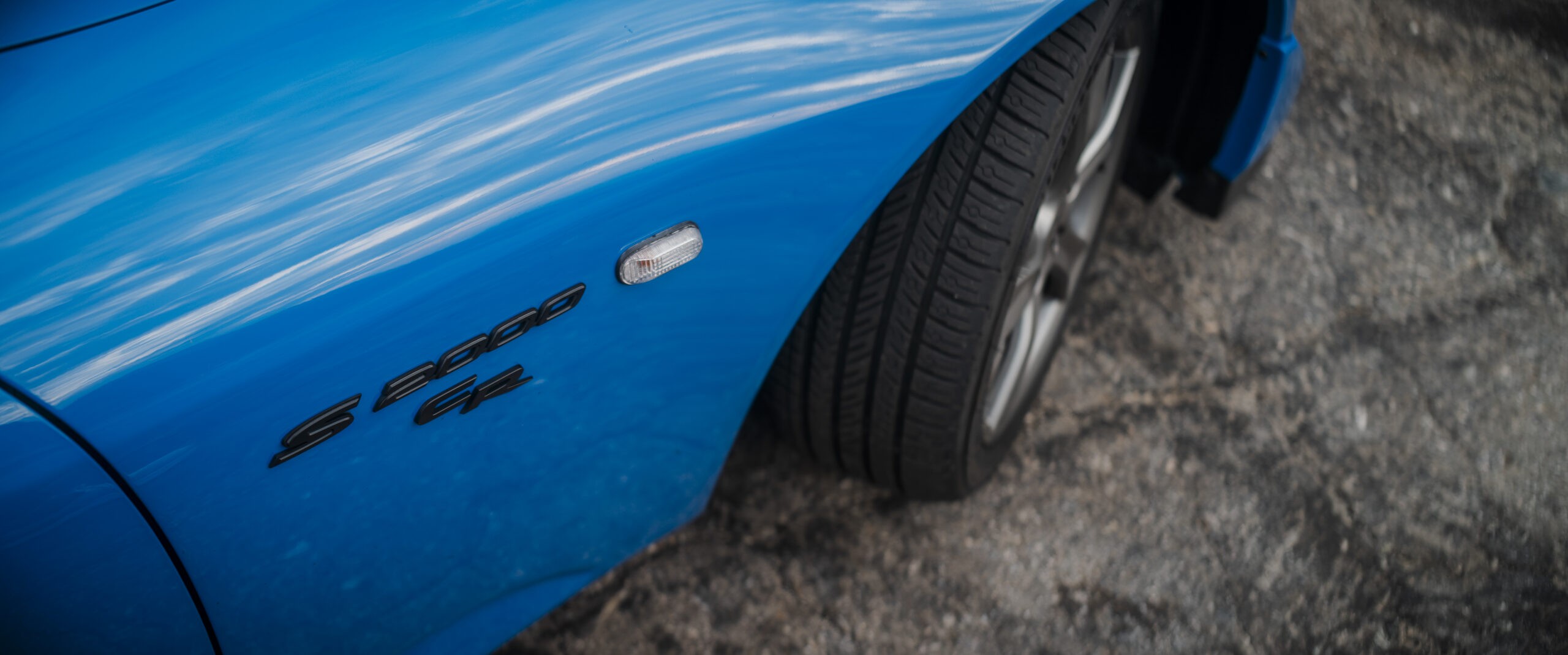
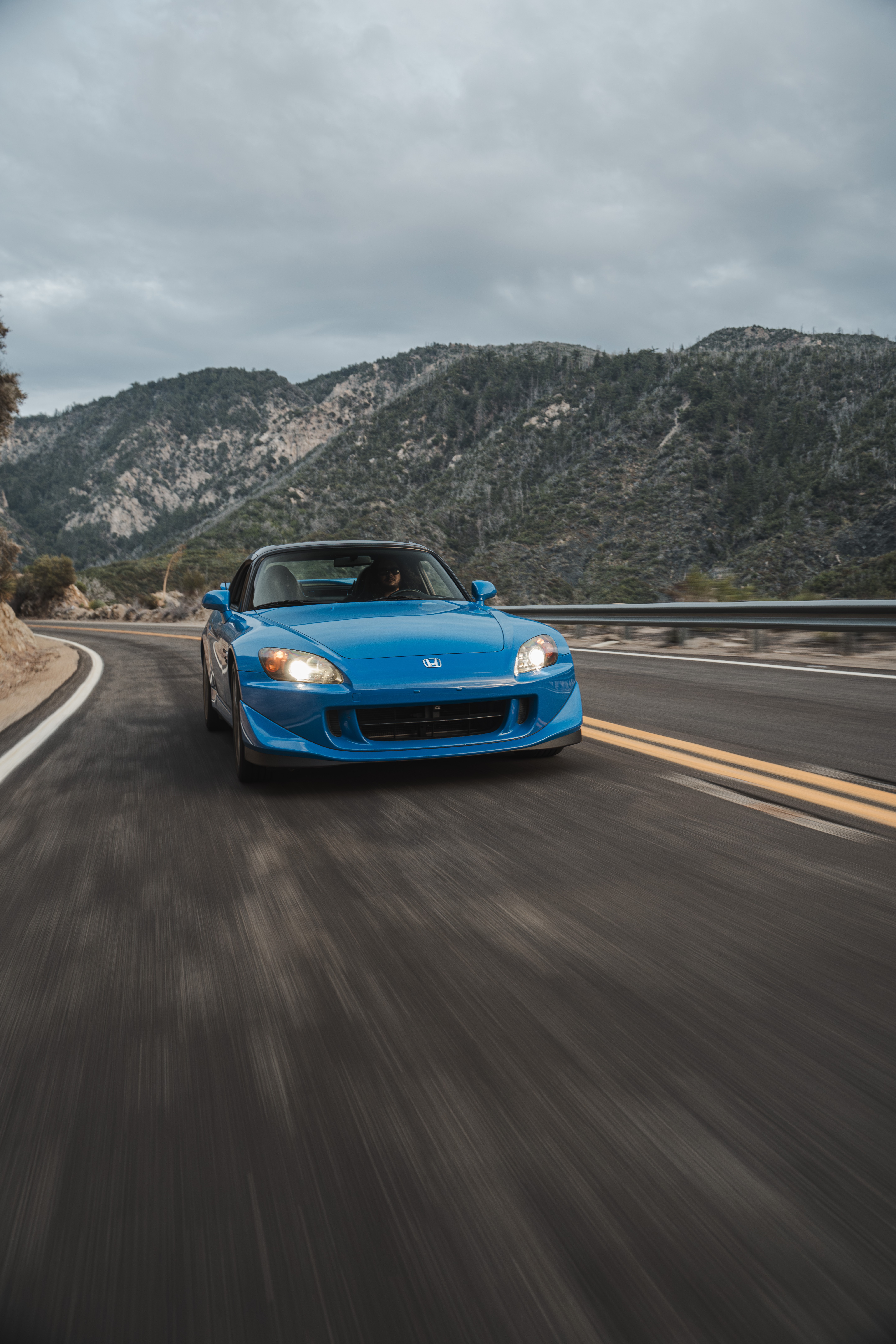
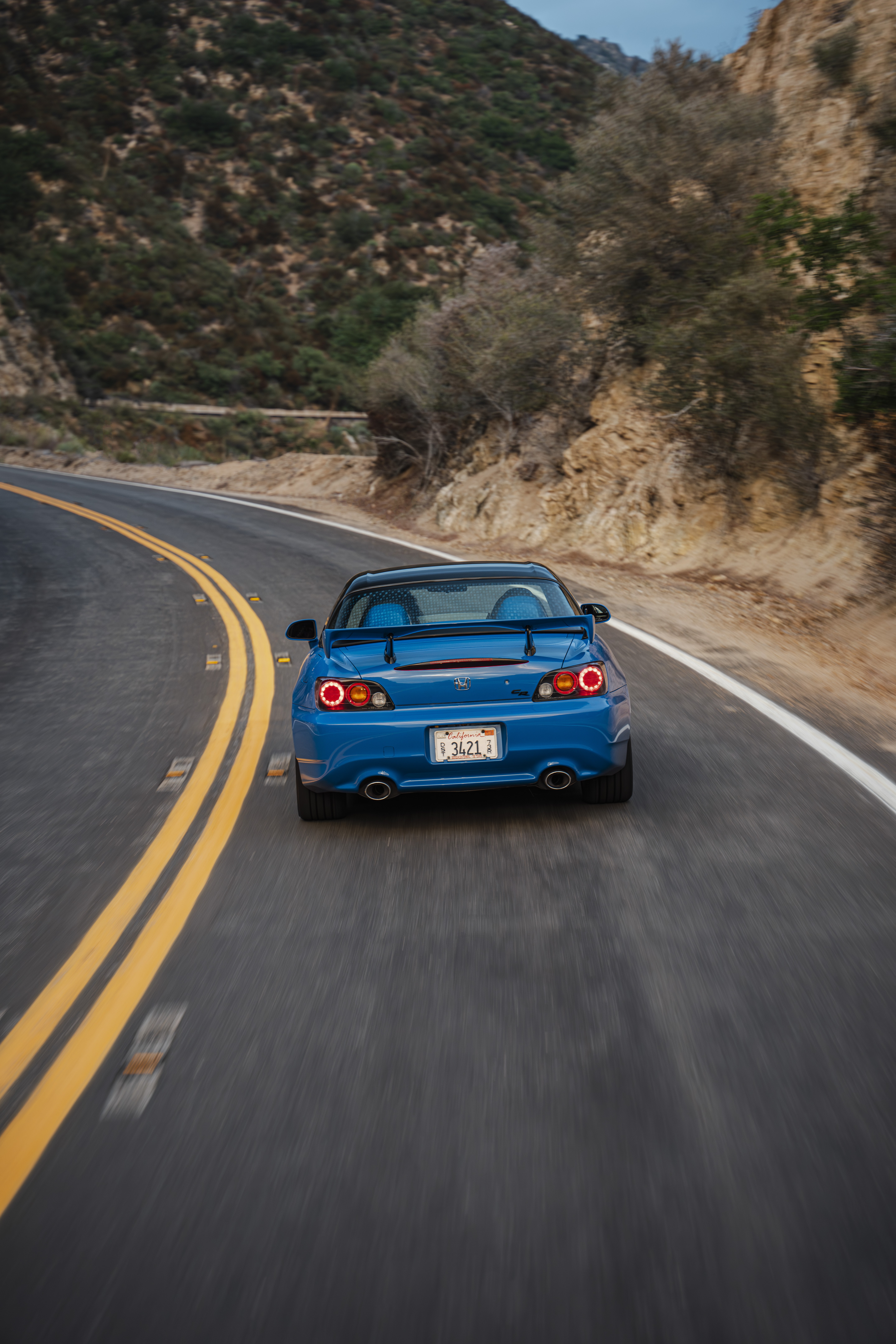
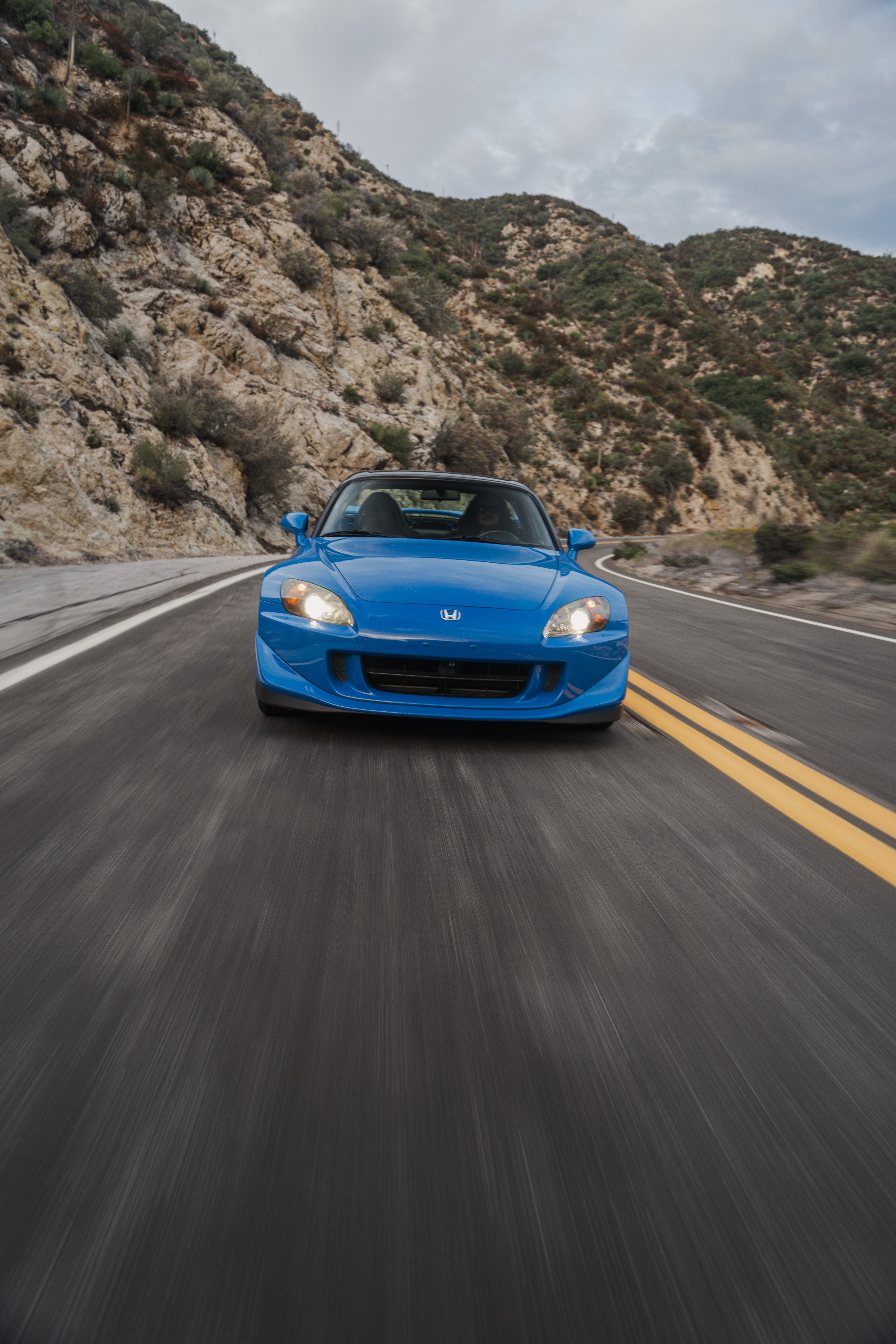
The Visionary Behind the Wheel: Shigeru Uehara and the S2000 Legacy
For those deeply entrenched in the world of S2000s, the name Shigeru Uehara resonates with reverence. A legendary figure shrouded in a degree of mystery outside of Japan, Uehara’s impact on Honda sports cars is undeniable. His legacy extends far beyond public recognition, with his philosophies primarily documented in Japanese. Known as a suspension and handling maestro, a confidante of the legendary Ayrton Senna, Uehara gifted Honda, and himself, the S2000 Club Racer (CR) as a parting masterpiece after 36 years of dedication, according to Car and Driver. This wasn’t merely a trim package; it was a meticulously refined and intensified version of the S2000 ethos.
Uehara’s contributions to Honda’s sporting heritage are vast and significant. When Honda embarked on its ambitious journey to create a supercar capable of challenging Ferrari in 1985, Uehara spearheaded the project, giving birth to the iconic NSX. Following this triumph, his focus shifted to the Integra Type R. Driven by a relentless pursuit of performance perfection, Uehara insisted on chassis seam-welding, weight reduction, and even hand-porting the B18C1 engine’s cylinder heads to realize the ultimate compact performance machine. However, a long-held vision remained close to his heart since joining Honda in 1971: a revival of the classic S800 roadster, a car he and his wife cherished. This vision, conceived for Honda’s 50th anniversary, materialized as the S2000.
The S2000 was conceived with unwavering devotion to the essence of a driver’s car. Developed within Honda’s unique, engineering-centric environment, free from external pressures, the S2000 shared its ground-up design philosophy with the NSX. Automotive enthusiasts appreciate the details: the robust X-bone frame delivering exceptional rigidity for an open-top car, the double-wishbone suspension meticulously tuned for neutral handling and minimal understeer, and a Pininfarina-inspired design hinting at Italian flair, with a subtle echo of the F430 in its flowing lines.
However, the S2000’s true brilliance lay in its engine and transmission. In its initial AP1 iteration, the F20C engine was a marvel, revving to an astounding 9,000 rpm and producing 240 horsepower from just 2.0 liters. By the time the Club Racer variant emerged, responding to feedback from American drivers, Honda increased the displacement to 2.2 liters. This AP2 engine configuration, while reducing the redline to a still-impressive 8,000 rpm, significantly boosted torque. Honda also refined the rear suspension geometry, reportedly to Uehara’s initial reluctance, specifically adjusting toe kinematics to tame the S2000’s sometimes challenging handling at the limit.
Uehara envisioned the S2000 concept as “Real Open Sports.” He aimed to create a genuine sports car that captured the joy of open-top driving, a car that would become a lifelong companion for its driver. While S2000 aficionados debate the ultimate embodiment of Uehara’s vision – AP1, AP2, or CR – the Club Racer undeniably represents his final and most focused endeavor to perfect the S2000 formula.
S2000 CR: The Essence of Club Racing Refined
The “CR” designation stands for Club Racer, and it was far more than just a superficial styling package. It represented a comprehensive recalibration and intensification of the S2000’s core principles. The S2000 Club Racer received upgraded springs, dampers, and sway bars, resulting in a significantly stiffer suspension setup. To further emphasize its track-focused nature, features like air conditioning and the stereo system were offered as optional extras, though most buyers opted to include them for street usability. The power-folding soft top was replaced with a lightweight fixed hardtop, and the space freed up by this deletion was reinforced with a structural brace. This brace dramatically increased torsional rigidity by 18% and vertical rigidity – crucial for convertible chassis – by an astounding 94%.
Honda didn’t stop there. They equipped the S2000 CR with a quicker steering rack, reducing the ratio from 14.9:1 to 13.8:1 for enhanced responsiveness. The already exceptional shifter was shortened by a precise 12.6mm for even quicker and more direct gear changes. An aerodynamic body kit was added, reducing lift by 70% for improved high-speed stability. Weight reduction was a key focus, with the CR tipping the scales 99 pounds lighter than the standard model (without air conditioning). Period-correct, more aggressive tires further enhanced the CR’s performance advantage over the standard S2000. While modern tire technology has narrowed the performance gap, the S2000 CR remains a testament to substantial engineering enhancements, not just cosmetic changes.
Real Open Sports: More Than Just Numbers
However, the S2000’s enduring appeal transcends mere specifications and lap times. While Shigeru Uehara’s almost mythical status undoubtedly contributes to its mystique, the S2000 possesses an intangible quality, an emotional resonance that sets it apart. This, coupled with the raw, unfiltered driving experience reminiscent of a bygone era – even down to relying on FM radio in the test CR – contributes to its unique charm.
In an age of sanitized and overly refined automobiles, the S2000 CR reminds us of what we’ve lost. We’ve become accustomed to cars devoid of character, where squeaks and rattles are unacceptable, where engine vibrations are muted, and gear shifts are feather-light and detached. The S2000 CR unapologetically embraces these sensations. It’s a car that allows you to feel the drive, to connect with the mechanical symphony unfolding beneath you. It boldly declares that a sports car doesn’t need excessive refinement, a premium sound system, or even a roof to deliver an exhilarating and deeply engaging experience. It’s about the pure act of driving and the visceral sensation of operating a machine engineered to evoke emotion.
The S2000 CR achieves something akin to what the Porsche 911 GT3 Touring offers today: a sense of occasion and specialness at any speed. However, the S2000 was conceived as an attainable sports car for the masses in its time. Finding a truly affordable modern car that delivers the same level of sensory engagement – the vibrations, the mechanical noises, the raw feedback – is a challenge. To recapture that feeling, you might need to consider high-performance, high-priced alternatives like the Lotus Emira, Lamborghini Huracán Tecnica, or a 911 GT3.
Yet, the S2000 CR possesses a unique cohesion and excellence rarely found in modern sports cars. Beyond the usual automotive buzzwords like “input harmony” and “precision,” there’s an undeniable charisma, an extra layer of passion infused into every aspect of its being.
This charisma manifests in subtle details, like the low drivetrain inertia, borrowed from motorcycle engineering, that allows the engine to rev freely and makes each gear change a deliberate and rewarding action. The S2000’s renowned handling isn’t just about clinical precision; it’s about offering multiple driving styles to achieve the same exhilarating result. Crucially, the car communicates its every action, its inner workings laid bare, refusing to conceal the raw mechanics of driving.
A Timeless Benchmark: No Higher Power Needed
The S2000 CR exudes a romantic aura, evoking a sense of nostalgia for the 1990s when it first emerged, a time before the overwhelming influence of the internet and constant comparisons, when a car could exist purely as a singular, unadulterated idea. Its impact was so profound that it remains etched in the memory of that wide-eyed eight-year-old, a formative automotive experience. And it defies the cliché of being flawed but lovable. It’s not flawed; it was meticulously designed and engineered to be exactly what it is: a pure, uncompromised sports car.
The S2000 was so ahead of its time that it remains a benchmark for sports cars even today. It continues to set competitive lap times at track events, its chassis balance and handling dynamics remain both playful and precise, but its greatest achievement lies in prioritizing the driving experience above all else. The S2000 CR doesn’t feel dated. Instead, it feels like a glimpse into an alternate automotive timeline, a path less traveled. With every gear shift, every exhilarating rush to the 8,000-rpm redline, every subtle mid-corner adjustment, a sense of longing grows. Few cars today can capture the essence of what the S2000 achieved over two decades ago.
Sports cars need soul. They need genuine emotion, real vibrations, not synthesized engine noises and artificial gear changes. More than outright power, raw speed, or ultimate grip, they need to connect with the driver on an emotional level. The world needs more cars like the S2000. In the poignant words of Shigeru Uehara himself:
“Please take good care of your S2000, keep it by your side for long, and enjoy it from the bottom of your heart.”